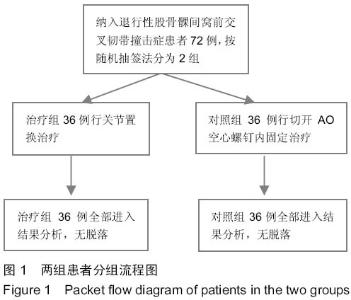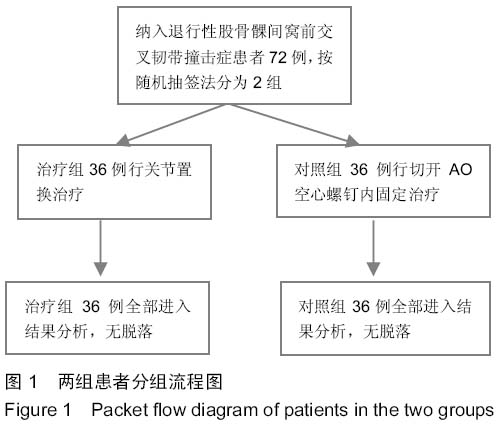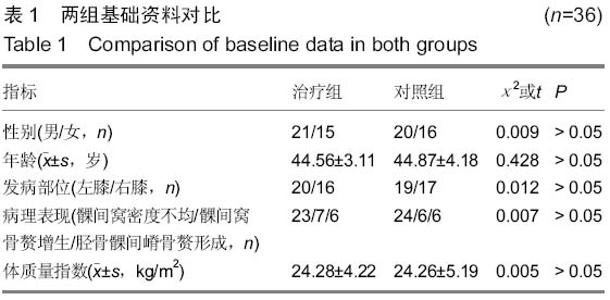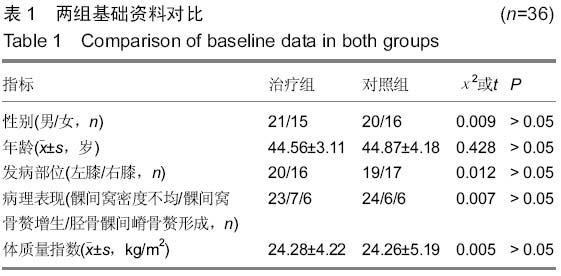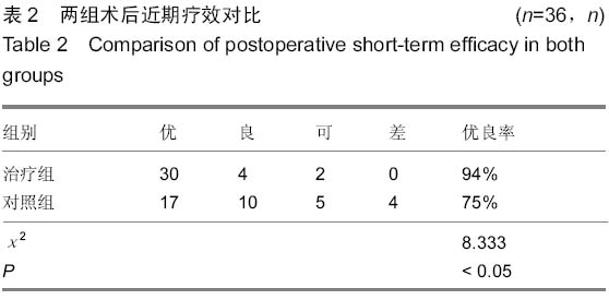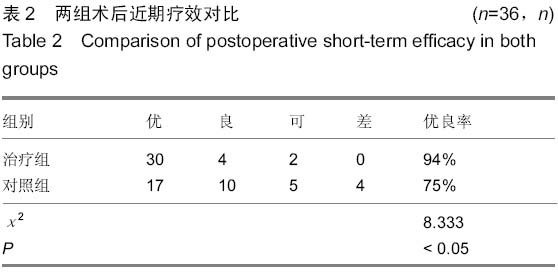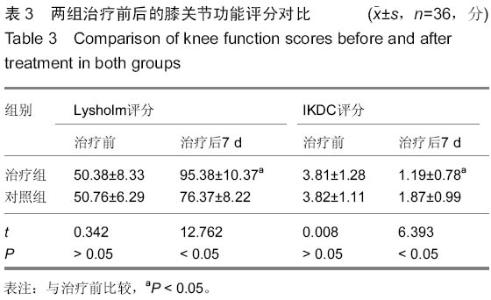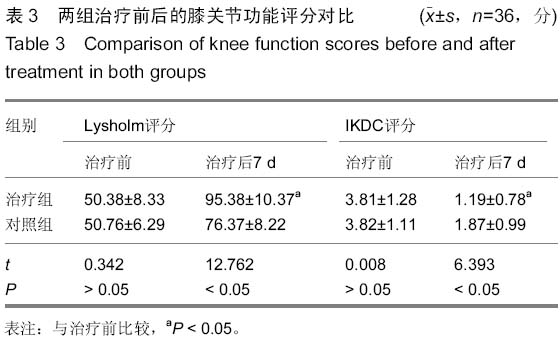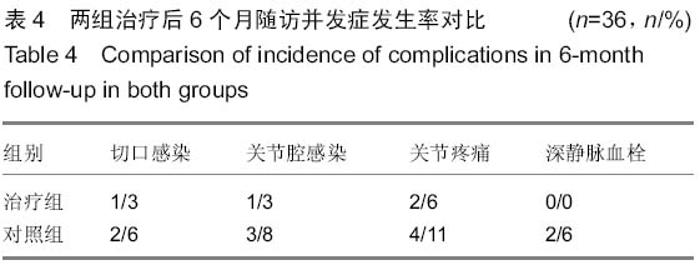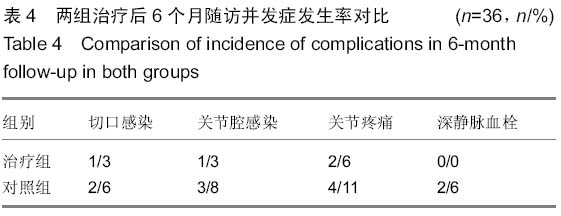| [1] Vargas B, Lutz N,Dutoit M,et al.Nonunion after fracture of the anterior tibial spine:case report and review of the literature. J Pediatr Orthop B. 2009;18(2):90-92.
[2] 臧学慧,孙辉,高立华,等.全膝关节置换后假体周围应力与骨密度的相关性[J].中国组织工程研究,2014,18(44):7071-7076.
[3] 周军杰,曹成福,庞金辉,等.立体影像学分析对组配式全髋关节置换术后股骨假体迁移的早期评估[J].中华骨科杂志,2013,33(9): 881-887.
[4] 刘慧通,凌鸣,常彦海,等.中老年大骨节病性膝关节炎患者膝关节的影像学测量及其临床意义[J].西安交通大学学报(医学版), 2013,34(4):520-523.
[5] Nagaoka T, Mizuno J, Ino K, et al. Femoral and sciatic nerve blocks for open reduction and internal fixation of a femoral condylar fracture in a patient with post-polio syndrome. Masui. 2011;60(8):964-967.
[6] 刘华,许明涛,高传平.前交叉韧带重建术后并发症磁共振成像表现[J].实用医学影像杂志,2013,14(5):343-345.
[7] 苏巍,齐峰,李东利,等.关节镜下自体腘绳肌重建前交叉韧带临床分析[J].临床医药实践,2012,21(9):671-672.
[8] 刘晓霞.关节镜下前交叉韧带重建术的配合与康复护理[J].内蒙古医学杂志,2012,44(10):1257-1259.
[9] Causero A, Di Benedetto P, Beltrame A, et al. Design evolution in total knee replacement: which is the future? Acta Biomed. 2014;85(2):5-19.
[10] 邓军,梁碧玲,陈建宇,等.前交叉韧带重建术后三维MRI表现[J].中华放射学杂志,2011,45(12):1143-1146.
[11] Kotian SR, Sachin KS, Bhat KM. Bifurcated plantaris with rare relations to the neurovascular bundle in the popliteal fossa. Anat Sci Int. 2013;88(4):239-241.
[12] 陈方虎,陈明,阮建伟,等.关节镜下复位缝线加纽扣钢板捆扎固定术治疗前交叉韧带胫骨止点撕脱骨折[J].中国骨伤,2011,24(5): 415-417.
[13] Ho PC, Tse WI, Wong CW, et al. Arthroscopic osteochondral grafting for radiocarpal joint defects.J Wrist Surg. 2013;2(3): 212-219.
[14] 李思鸿,张建武,陈铁柱,等.关节镜下应用endo-button系统重建膝关节交叉韧带的临床效果[J].东南大学学报(医学版),2011, 30(3):413-416.
[15] D'lima JP, Paul J, Palathingal P, et al. Histological and Histometrical Evaluation of two Synthetic Hydroxyapatite Based Biomaterials in the Experimental Periodontal Defects in Dogs.J Clin Diagn Res. 2014;8(9):52-55.
[16] 刘金榜,牛云峰,李广贤.伸直间隙优先截骨法在膝关节置换中的应用及临床效果[J]. 实用骨科杂志,2014,10(7):891-894.
[17] 沈佩,张善勇,杨驰,等.全颞下颌关节假体植入山羊后的安全性评价[J]. 中国口腔颌面外科杂志,2013,11(4):297-302.
[18] 甄东,邱冰.关节镜辅助下内侧髌股韧带重建治疗复发性髌骨脱位[J].重庆医学,2012,41(25):2589-2590,2594.
[19] 许敏,杜飞,褚向明.关节镜下前交叉韧带重建术的围手术期护理[J].中医正骨,2014,26(1):76-78.
[20] 钱重阳. 韧带重建结合关节镜下松解治疗复发性髌骨脱位[J]. 齐齐哈尔医学院学报,2014,35(10):1461-1462.
[21] 李钦宗,周红星,张保健,等.关节镜下外侧支持带松解和内侧紧缩并髌韧带止点移位治疗复发性髌骨脱位[J].中国内镜杂志,2011, 17(6):629-631,635.
[22] 张华伟,李皓桓,彭飞,等.内侧髌股韧带重建联合胫骨结节移位术治疗复发性髌骨脱位疗效分析[J].武汉大学学报,2014,35(6): 917-921.
[23] 任洁,陈代丽.优质护理模式对膝关节交叉韧带损伤关节镜手术的效果观察[J].中外健康文摘,2014,21(4):50-51.
[24] 王隽.关节镜膝关节后交叉韧带重建术围手术期护理[J].中国民康医学,2014,26(1):116-117.
[25] Bovid KM, Salata MJ, Vander Have KL, et al. Arthroscopic posterior cruciate ligament reconstruction in a skeletally immature patient: a new technique with case report.Arthroscopy. 2010;26(4):563-570.
[26] 高彦平,伍中庆,苏培基,等.前交叉韧带胫骨棘止点撕脱骨折不同内固定方式的疗效分析及其临床意义[J].中国矫形外科杂志, 2006,14(2):90-92.
[27] 刘世峰,崔文波,廖志峰,等.后内侧入路手术治疗后交叉韧带胫骨止点撕脱骨折[J].中国伤残医学,2014,9(2):98-99.
[28] 唐金兵,湛梅圣,张彬.关节镜下治疗后交叉韧带断裂12例体会[J].内蒙古中医药,2014,33(4):34-35.
[29] 郭林,杨柳.膝关节前交叉韧带的发育与结构生理[J].中国临床康复,2005,9(18):188-189.
[30] Mao YT, Dong QR ,Wang Y. Ganglion cysts of the cruciate ligaments: a series of 31 cases and review of the literature. BMC Musculoskelet Disord. 2012;13(3):137. |
